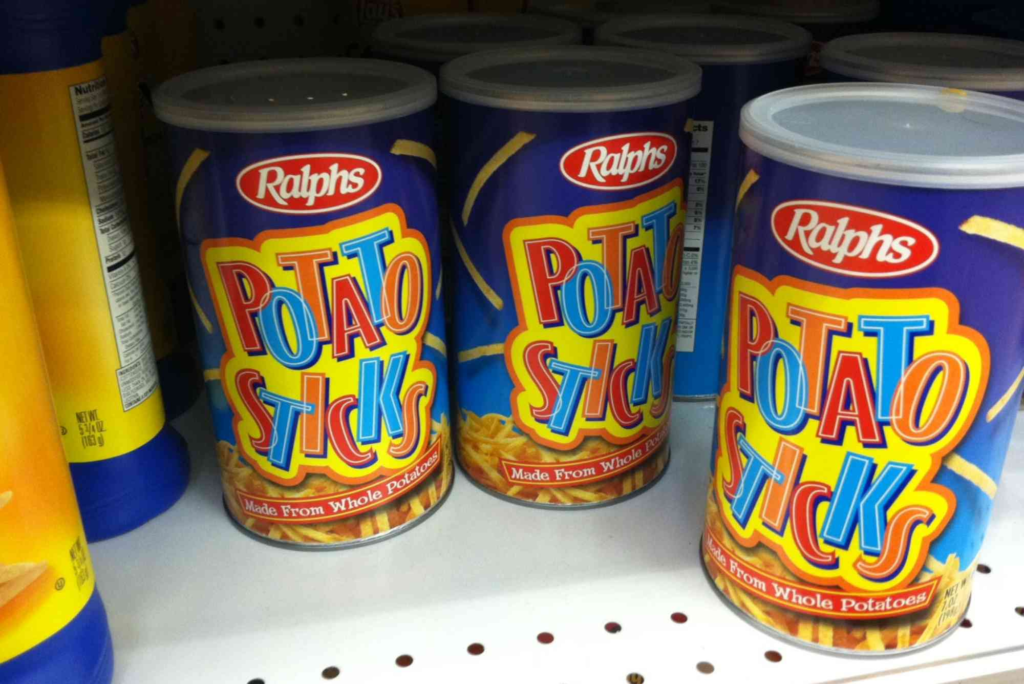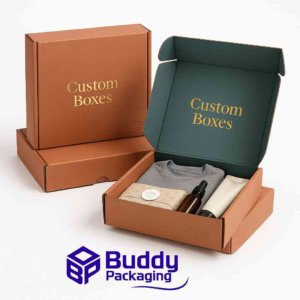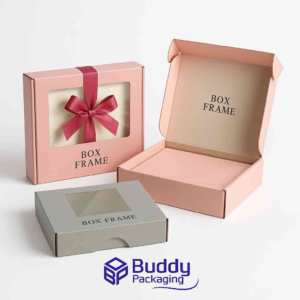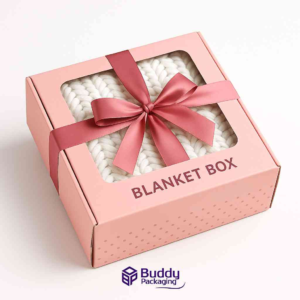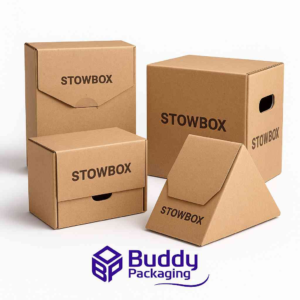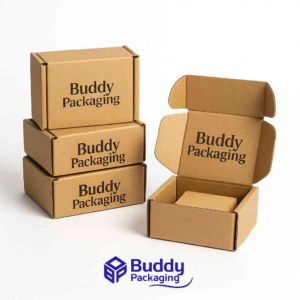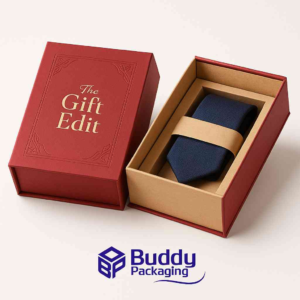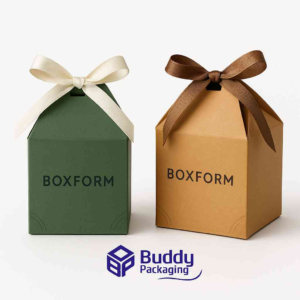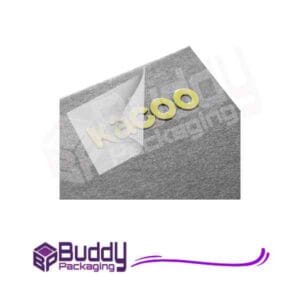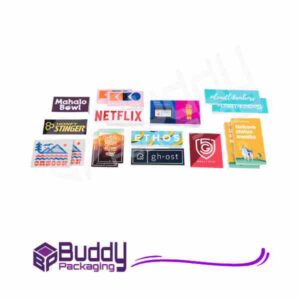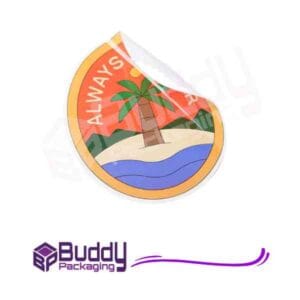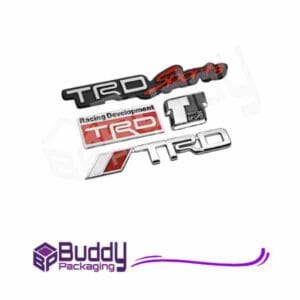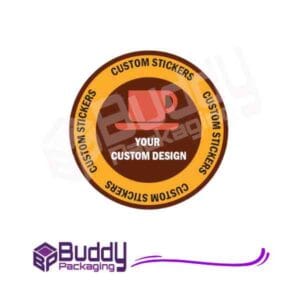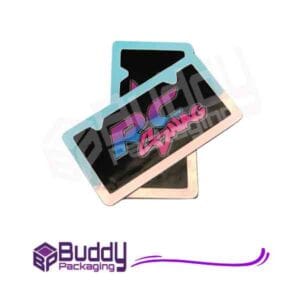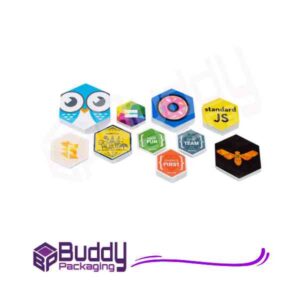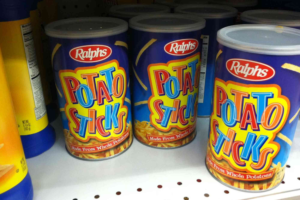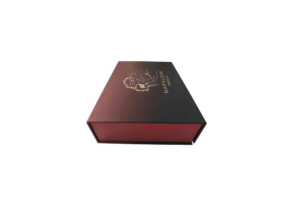Introduction
Packaging design is more than just a container for a product — it’s the first impression customers have of your brand. Whether you’re selling luxury cosmetics, gourmet foods, or eco-friendly goods, the difference between good vs bad packaging design can define your product’s success or failure. This guide explores what separates effective packaging from ineffective ones, why design matters, and how you can create packaging that delights customers and strengthens brand loyalty.
Understanding the Importance of Packaging Design
In a competitive marketplace, your packaging must do more than protect your product — it must capture attention, communicate value, and create an emotional connection. A well-designed package tells your story instantly. On the other hand, poorly designed packaging can confuse customers, misrepresent your brand, or even damage your reputation.
The Role of First Impressions
First impressions matter immensely in retail and e-commerce. Studies show that most consumers decide within seconds whether to buy a product, and packaging often drives that decision. Good packaging design communicates quality, trust, and brand identity. Bad design can suggest cheapness or carelessness, even if the product inside is excellent.
The Connection Between Design and Brand Identity
Every element of your packaging — colours, typography, textures, and materials — should align with your brand’s identity. Consistency in design builds recognition and loyalty. When your packaging visually matches your message, customers are more likely to remember and repurchase your product.
What Makes Good Packaging Design?
Good packaging design balances aesthetics, functionality, and purpose. It appeals visually while clearly communicating what the product is and why it’s worth buying.
Clarity and Simplicity
Effective packaging tells customers what they need to know immediately — what the product is, its benefits, and how to use it. Clean layouts, legible fonts, and simple colour schemes make products approachable. Confusing or cluttered designs can overwhelm shoppers.
Emotional Connection
Good design evokes emotions. Think of luxury perfume boxes, eco-friendly kraft packaging, or colourful snack pouches — each triggers a different feeling. Successful brands know how to use design to create that emotional bond.
Functionality and Practicality
Beyond looks, packaging should be easy to open, store, and dispose of. It should protect the product during transport and remain practical for consumers. Functional design adds value by improving the user experience, not just visual appeal.
Sustainability
Modern consumers care about environmental impact. Sustainable packaging, made from recyclable or biodegradable materials, reflects responsibility and innovation. Brands using eco-conscious designs often win customer trust and loyalty.
Innovation and Uniqueness
In a saturated market, originality helps you stand out. Innovative packaging — such as interactive designs, resealable features, or smart QR labels — shows creativity and enhances perceived value.
Consistency with Brand Message
Good packaging aligns with your overall branding strategy. Whether your brand is luxurious, minimalist, or playful, the packaging should reinforce that personality across all product lines.
What Defines Bad Packaging Design?
Bad packaging often fails because it ignores customer expectations, usability, or brand identity. Even high-quality products can suffer from poor presentation.
Confusing Messaging
Packaging that fails to clearly explain the product confuses buyers. If consumers must guess what’s inside or how to use it, they are less likely to buy. Too much text, unclear labelling, or contradictory visuals weaken trust.
Poor Material Choices
Low-quality or inappropriate materials can harm both functionality and brand image. A luxury brand using flimsy packaging looks inconsistent, while non-recyclable materials may turn away eco-conscious shoppers.
Lack of Visual Appeal
Bland or outdated designs rarely attract attention. Packaging that fails to stand out on shelves can get lost among competitors, leading to missed sales opportunities.
Inconsistency with Brand Identity
When packaging doesn’t match your brand’s tone, it confuses customers. For example, an organic food brand using glossy, synthetic-looking materials sends mixed signals about authenticity.
Inefficiency and Waste
Bulky, over-packaged, or difficult-to-open products frustrate consumers. Excessive plastic or unnecessary layers make packaging wasteful and costly, both for the brand and the environment.
Comparing Good vs Bad Packaging Design
When evaluating good vs bad packaging design, it helps to consider three key aspects — communication, experience, and brand alignment.
A good design communicates value instantly; a bad one hides it. Good packaging improves user experience through convenience and appeal, while bad packaging causes frustration or confusion. Above all, good design strengthens the brand; bad design weakens it.
For example, Apple’s packaging is simple yet premium — every unboxing feels deliberate and satisfying. Compare that to a poorly printed, over-cluttered electronics box that feels cheap and uninspired. The difference isn’t just visual — it’s emotional and functional.
The Business Impact of Packaging Design
Good packaging design doesn’t just attract customers; it can drive business growth. It affects marketing, sales, logistics, and even sustainability performance.
Boosting Shelf Appeal
In physical stores, shelf competition is fierce. Visually appealing packaging acts like silent advertising, drawing attention without words. A strong colour scheme or distinctive shape can make your product instantly recognisable.
Increasing Online Conversion
In e-commerce, where customers can’t touch or feel the product, packaging visuals play a crucial role. High-quality imagery showing attractive packaging can increase click-through rates and sales.
Enhancing Customer Loyalty
Memorable packaging creates repeat buyers. Customers associate well-designed packaging with reliability and professionalism, making them more likely to choose your brand again.
Reducing Returns and Damage
Functional packaging that protects products reduces the likelihood of damage during shipping, saving costs and maintaining customer satisfaction.
How to Improve Your Packaging Design
Improving packaging design requires research, creativity, and attention to detail. The goal is to balance aesthetics, cost, and practicality while keeping your brand at the centre.
Understand Your Audience
Know who you’re designing for. A youthful, playful audience may prefer bright colours and bold designs, while luxury customers expect subtlety and sophistication.
Research Competitors
Study what works in your industry. Analyse both good and bad examples to learn what appeals to consumers and what mistakes to avoid.
Focus on Quality Materials
Invest in durable, sustainable, and attractive materials. They enhance product protection and convey care and quality.
Collaborate with Professionals
Partnering with experienced designers or packaging experts ensures your brand’s vision translates effectively into physical form. Companies like Custom Packaging offer tailored solutions that balance creativity, cost-efficiency, and brand alignment.
Keep Printing and Finishing in Mind
The final look of your packaging depends heavily on printing and finishing techniques. Staying updated with the latest print & finishing insights helps you select methods that improve texture, durability, and overall appearance.
Test Before Launch
Always test your packaging for functionality and appeal. Gather feedback from real users to identify flaws before mass production.
Real-World Examples of Good vs Bad Packaging Design
Good Example: Coca-Cola
Coca-Cola’s simple red and white design, combined with its iconic shape, demonstrates timeless appeal. The packaging communicates brand identity instantly and evokes emotion across generations.
Bad Example: Tropicana’s Redesign
When Tropicana changed its packaging in 2009, sales dropped by 20% in just a few weeks. The redesign confused loyal customers who couldn’t recognise their favourite juice on the shelf. This shows how even subtle changes can have major consequences.
Good Example: Lush Cosmetics
Lush uses minimal, eco-friendly packaging that aligns with its brand’s sustainability ethos. The design reinforces its environmental commitment and resonates with its target audience.
Bad Example: Over-Packaged Electronics
Many electronic products still use excessive plastic and difficult-to-open containers. This frustrates consumers and contradicts modern sustainability expectations.
FAQs
What are the main elements of good packaging design?
Clarity, consistency, emotional appeal, and functionality. These elements ensure your packaging communicates effectively and supports your brand identity.
Why does packaging design matter for small businesses?
For small brands, packaging is often the only direct marketing tool. Great design helps them compete with larger brands and attract new customers.
How can I tell if my packaging is bad?
If customers frequently misunderstand your product, struggle to open it, or find it wasteful, your design likely needs improvement.
Does sustainable packaging affect consumer decisions?
Yes, modern consumers often choose eco-friendly brands over wasteful ones. Sustainable packaging enhances trust and brand image.
What role does colour play in packaging design?
Colour influences perception and emotion. The right colour palette can attract attention and convey brand personality effectively.
When comparing good vs bad packaging design, the difference lies in thoughtfulness and purpose. Good design communicates clearly, delights customers, and reflects brand values. Bad design confuses, frustrates, or misleads consumers — leading to lost sales and damaged reputation.
If you’re developing or rebranding your product packaging, focus on simplicity, usability, and consistency. Partner with experienced designers and stay informed about industry innovations. Explore professional Custom Packaging solutions that align with your brand’s goals, and stay ahead with the latest print & finishing insights.

